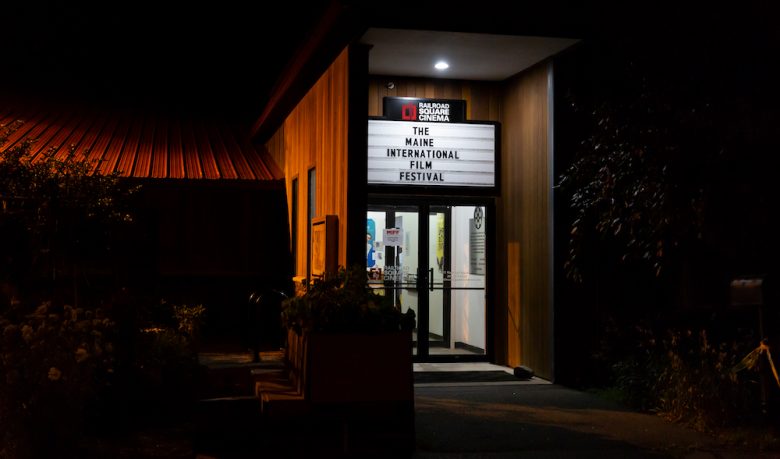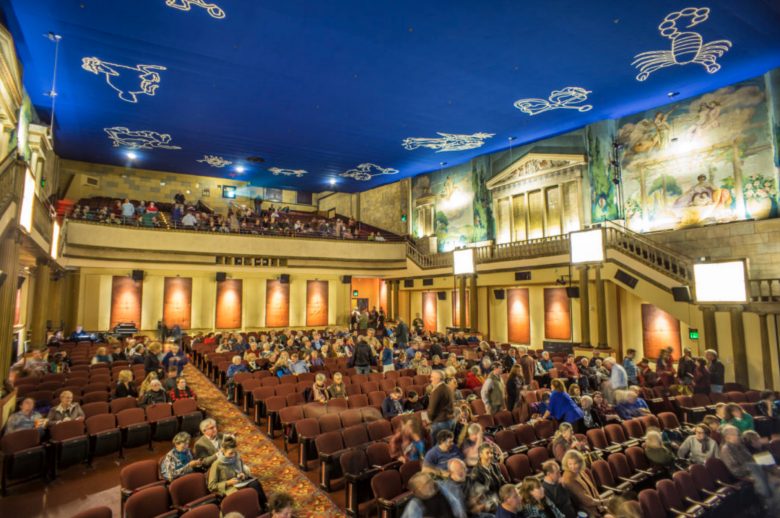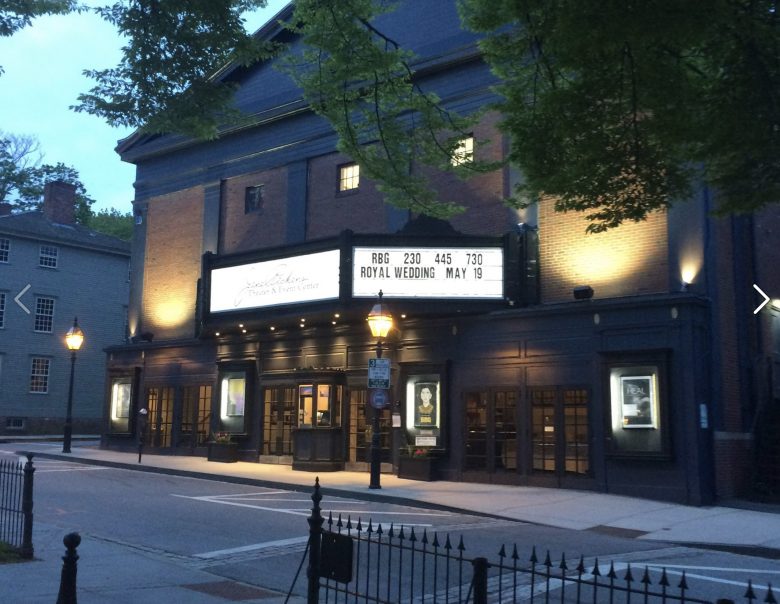Best Independent Cinema in Every New England State
From hosting film festivals and community events to screening the best of Hollywood past and present, these venues represent the best independent cinema offerings in our region.

Red River Theatres | Best Independent Cinema in New Hampshire
Photo Credit : Courtesy of Red River TheatresBest Independent Cinema in Every New England State
Red River Theatres | Concord, New Hampshire
This award-winning nonprofit is as likely to show silent classics as it is to screen fringe offerings for audiences hungry for first-run art films. But what really makes Red River Theatres special is community support: A seven-year real-life “hey-kids-let’s-put-on-a-show” volunteer effort brought forth this three-screen state-of-the-art cinema, which also hosts workshops, Q&As with actors and directors, sing-along movies, and offbeat programs like the BYOB (Bring Your Own Baby) series. Plus, there’s top-notch refreshment at the Indie Café, which serves wine, beer, sandwiches, and local chocolates alongside popcorn and soda. Named a 2017 Yankee Editors’ Pick for “Best Movie Theater.” SEE MORE:Guide to Concord, New Hampshire | Eat, Play, Stay
Photo Credit : Eric Scott Photography via Coolidge Corner Theater
Coolidge Corner Theatre | Brookline, Massachusetts
Considered one of the top art house theaters in the country, the Coolidge has carved out a national reputation even while tending to its deep community bonds. Originally built in 1906 as a church, it was redesigned as an Art Deco movie palace in 1933 and today retains the classic feel of that era in its neon marquee and grand 440-seat main theater (it also has a smaller theater and two screening rooms). Since 1989 the Coolidge has been run by a nonprofit foundation that has overseen a major renovation as well as offered endlessly innovative programming, such as a screening of The Grapes of Wrath accompanied by a talk by environmentalist Bill McKibben on the science of climate change. And Hollywood A-listers come calling, too, from Johnny Depp at the 2015 Coolidge premiere of Black Mass to Michael Douglas, Meryl Streep, Jonathan Demme, and other luminaries who have received the prestigious Coolidge Award.
Photo Credit : Courtesy of Railroad Square Cinema
Railroad Square Cinema | Waterville, Maine
Celebrating its 40th birthday in 2018, the Railroad Square Cinema actually burned to the ground in 1994 but, through the dedication of its founders and the local community, was rebuilt and reopened the following year. It was bought in 2012 by the Maine Film Center, the nonprofit parent organization of the Maine International Film Festival, which has been based at Railroad Square since its launch in 1998. In its weekly schedule, the three-screen theater mixes first-run independent and international films with classics of world cinema, and serves up what it calls “the best popcorn in the known universe.”
Photo Credit : Courtesy of Latchis Arts
Latchis Theatre | Brattleboro, Vermont
This theater’s roots go back to 1938, when it opened as part of the Latchis Memorial Building, billed as a “town within a town” that also included a hotel (which still operates today), ballroom, restaurant, and gift shop. The building is now under the stewardship of Latchis Arts, which has helped grow the movie house into a bustling four-screen venue that hosts first-run films, live events, community talks, and special screenings. The jewel is the Main Theatre, which boasts 750 seats, a full stage, and the largest movie screen in southern Vermont — not to mention lots of old-school glamour, thanks to the historical murals by Hungarian-American painter Louis Jambor and the ceiling mural depicting the signs of the Zodiac. The Latchis is home-base for the Brattleboro Film Festival and a popular stop for nationally known performers, ranging from George Winston and Roseanne Cash to Paula Poundstone and David Sedaris. SEE MORE:Guide to Brattleboro, Vermont | Eat, Play, Stay
Photo Credit : Courtesy of Prospector Theater
Prospector Theater | Ridgefield, Connecticut
This 1940 movie house rescued from demolition has become both a model for employment inclusivity and the state’s most accessible entertainment venue. The nonprofit four-screen cinema pulses with playfulness and pride, from the sparkly 1,500-pound artwork/chandelier hanging from the lobby ceiling to its must-see preshows starring employees, most of whom are disabled adults fulfillingly employed for the first time. Descriptive narration headsets and closed-caption glasses, low-mobility seating in prime viewing locations, and sensory screenings featuring turned-down audio, turned-up lights, and freedom to move about combine to make the thrills of moviegoing. Named a 2018 Yankee Editors’ Pick for “Best Cinema or Drive-In.”
Photo Credit : Courtesy of Jane Pickens Theater & Event Center
Jane Pickens Theater | Newport, Rhode Island
Designed by renowned Rode Island architect Russell Warren and originally built as a Zion Episcopal Church in 1834, this single-screen movie house has been showing films since 1922. The large, hall-like space with its pipe organ and elaborate architecture makes a matinee or night out an event (as does the selection of craft cocktails, wine, and beer). The theater, named for a well-known 20th-century singer and actress with local ties, sets itself apart with playful programming, such as a screening of Dr. Zhivago with free White Russians as a fund-raiser for the building’s heating system. It also lends its stage to talks and live performances, including the hugely popular Newport Folk Festival “after-shows” in July. One don’t-miss offering from the Pickens: the annual Great Gatsby Movie Experience, which pairs a screening of the 1974 movie with a tour of Rosecliff Mansion, where it was filmed.
SEE MORE:Best of Newport, Rhode Island | Editors’ Choice Awards What’s your pick for the best independent cinema in your New England state? Let us know! This post was first published in 2018 and has been updated.

